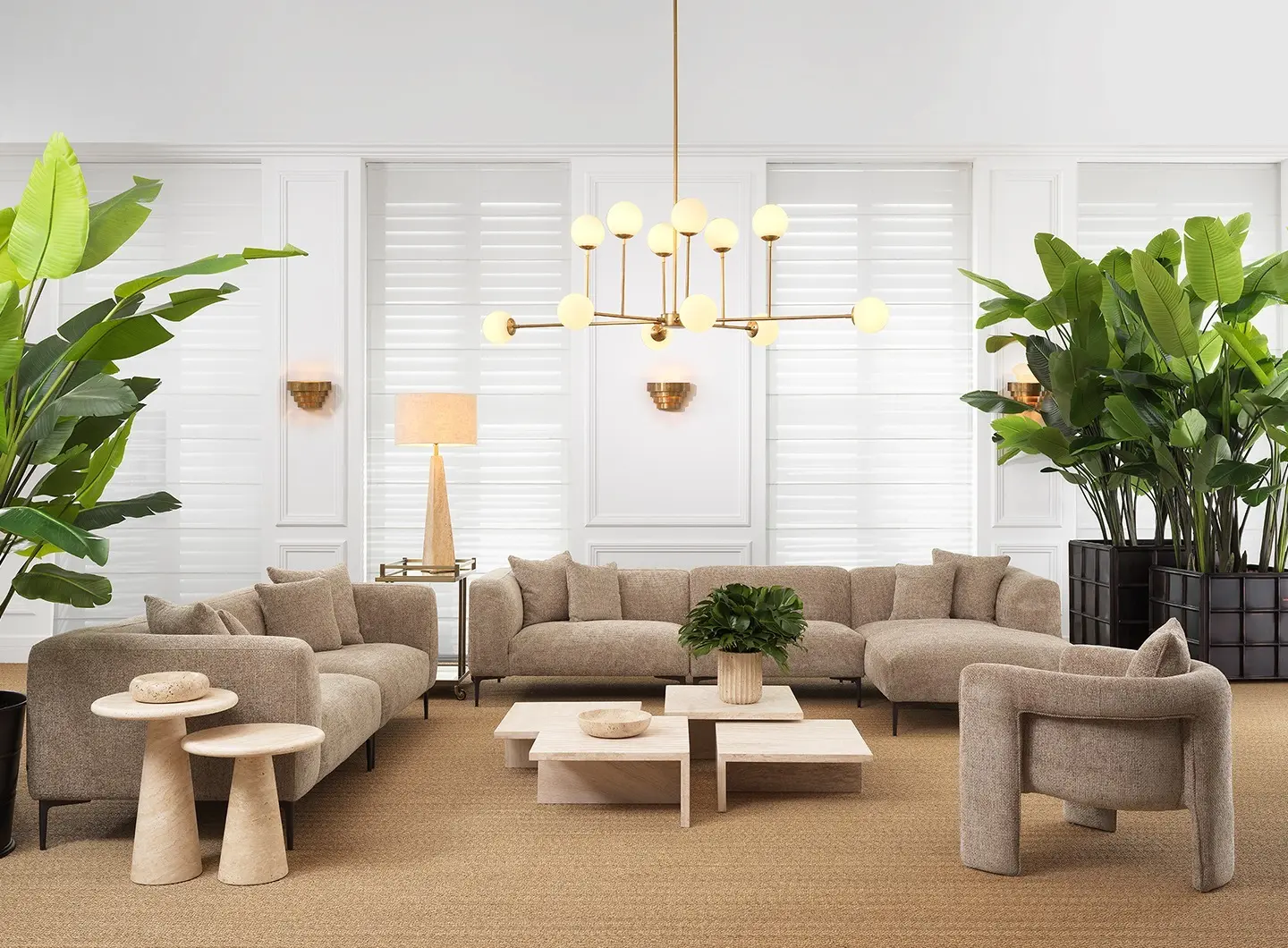In the grand tapestry of human existence, few elements are as ubiquitous and enduring as furniture. From the crude wooden stools of ancient civilizations to the sleek, minimalist designs of contemporary interiors, furniture has been an integral part of human life, shaping our environments and reflecting our cultural sensibilities.
A Historical Journey
The history of furniture is a fascinating chronicle Eichholtz of human ingenuity and craftsmanship. Ancient Egyptians adorned their palaces with ornate thrones and luxurious couches, while the Greeks crafted elegant klismos chairs that epitomized harmony and proportion. In the Middle Ages, European craftsmen perfected the art of woodworking, creating elaborate tables and chests adorned with intricate carvings.
The Renaissance period witnessed a resurgence of classical motifs, with furniture becoming a canvas for artistic expression. Elaborate inlays, gilded embellishments, and rich upholstery transformed simple pieces into objets d’art fit for royalty. The Baroque and Rococo eras embraced opulence and extravagance, with furniture becoming more ostentatious and theatrical.
The Industrial Revolution brought about a revolution in furniture production, with mass manufacturing techniques making furniture more accessible to the masses. Modernist movements of the 20th century, such as Bauhaus and Art Deco, embraced simplicity, functionality, and innovative materials, paving the way for the sleek, minimalist designs that define contemporary furniture.
Form Meets Function
At its core, furniture serves a practical purpose – to provide comfort, support, and utility. Yet, it is also a form of artistic expression, embodying cultural, social, and aesthetic values. The best furniture seamlessly blends form and function, marrying ergonomic design with aesthetic appeal.
Take, for instance, the iconic Eames Lounge Chair, a masterpiece of mid-century modern design. Designed by Charles and Ray Eames in 1956, this timeless classic combines sumptuous leather upholstery with molded plywood and polished aluminum, creating a harmonious blend of comfort and elegance.
Similarly, the Scandinavian design ethos prioritizes simplicity, functionality, and natural materials. Pieces like the Wegner Wishbone Chair or the Jacobsen Egg Chair exemplify this aesthetic, with clean lines, organic shapes, and meticulous craftsmanship.
A Reflection of Identity
Beyond its utilitarian function, furniture plays a crucial role in shaping our personal and collective identities. The furniture we choose for our homes reflects our tastes, values, and lifestyles. Whether it’s a cozy armchair by the fireplace or a sleek, modular sofa in a modern loft, our furniture speaks volumes about who we are and how we choose to live.
Moreover, furniture has the power to evoke emotions and memories, serving as a repository of shared experiences. The dining table where families gather for meals, the rocking chair where grandparents tell stories, the bed where dreams are born – each piece carries with it a sense of history and belonging.
Sustainability and Innovation
As we navigate the challenges of the 21st century, sustainability has become an increasingly important consideration in furniture design. Eco-conscious consumers are seeking out responsibly sourced materials, ethical production practices, and durable, long-lasting designs. From reclaimed wood furniture to upcycled industrial pieces, designers are finding creative ways to minimize waste and reduce environmental impact.
Furthermore, technological advancements are revolutionizing the way we design, manufacture, and interact with furniture. 3D printing, augmented reality, and smart materials are opening up new possibilities for customization, personalization, and user experience. From customizable modular furniture systems to interactive, IoT-enabled designs, the future of furniture is limited only by our imagination.
Conclusion
In the grand tapestry of human existence, furniture occupies a central place, serving as both a functional necessity and a form of artistic expression. From ancient civilizations to modern metropolises, furniture has evolved alongside human society, reflecting our values, aspirations, and cultural zeitgeist.
As we embark on the journey ahead, let us cherish the timeless allure of furniture – the silent witness to our lives, the embodiment of our dreams, and the cornerstone of our homes.
